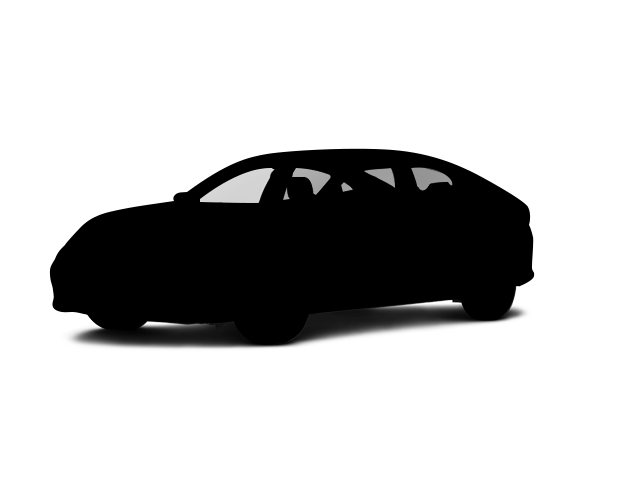Both the Flying Spur and LS have child safety locks to prevent children from opening the rear doors. The Flying Spur has power child safety locks, allowing the driver to activate and deactivate them from the driver's seat and to know when they're engaged. The LS’ child locks have to be individually engaged at each rear door with a manual switch. The driver can’t know the status of the locks without opening the doors and checking them.
The Flying Spur has standard whiplash protection, which use a specially designed headrest to protect the driver and front passenger from whiplash. During a rear-end collision, the whiplash protection system moves the headrests forward to prevent neck and spine injuries. The LS doesn’t offer a whiplash protection system.
To provide maximum traction and stability on all roads, All-Wheel Drive is standard on the Flying Spur. But it costs extra on the LS.
An active infrared night vision system optional on the Flying Spur helps the driver to more easily detect people, animals or other objects in front of the vehicle at night. Using an infrared camera and near-infrared lights to detect heat, the system then projects the image on the windshield, near the driver’s line of sight. The LS doesn’t offer a night vision system.
Both the Flying Spur and the LS have standard driver and passenger frontal airbags, front and rear side-impact airbags, driver and front passenger knee airbags, side-impact head airbags, front and rear seatbelt pretensioners, height adjustable front shoulder belts, four-wheel antilock brakes, traction control, electronic stability systems to prevent skidding, crash mitigating brakes, post-collision automatic braking systems, daytime running lights, lane departure warning systems, blind spot warning systems, rearview cameras and rear cross-path warning.
The Bentley Flying Spur weighs 740 to 1137 pounds more than the Lexus LS. The NHTSA advises that heavier cars are much safer in collisions than their significantly lighter counterparts.


